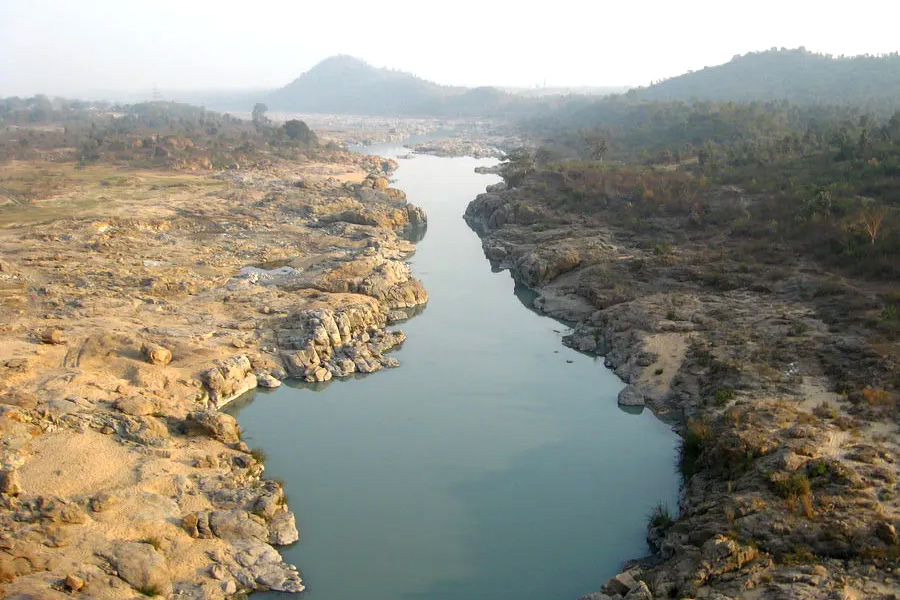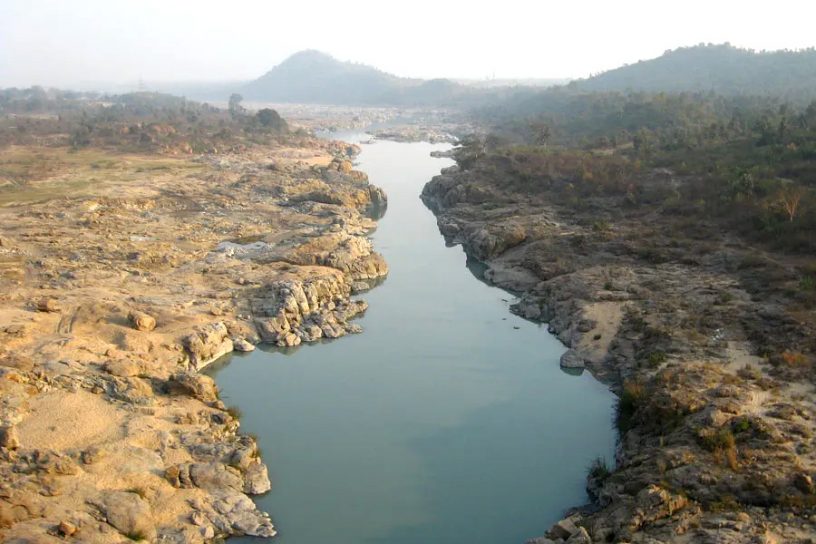
Contamination indices indicate low to moderate pollution for Mn, Ni, and Cu in the sediment.
Authors
Abhiroop Chowdhury, Professor, Jindal School of Environment and Sustainability, O.P. Jindal Global University, Sonipat, Haryana, India.
Savana Lata Dora, Department of Environmental Science and Engineering, Indian Institute of Technology (Indian School of Mines), Dhanbad, 826004, India; Water Environment Department, Central Institute of Mining and Fuel Research, Dhanbad, 826001, India.
Subodh Kumar Maiti, Department of Environmental Science and Engineering, Indian Institute of Technology (Indian School of Mines), Dhanbad, 826004, India.
Rajani Kanth Tiwary, Water Environment Department, Central Institute of Mining and Fuel Research, Dhanbad, 826001, India.
Summary
The ecological health of Damodar River is assessed and pollution indicator algal species have been identified in this study. The weathered lateritic formations of Chotanagpur resulted in high concentration of Fe (126-820 μg l-1) and Mn (10-114 μg l-1). Contamination indices indicate low to moderate pollution for Mn, Ni, and Cu in the sediment.
The dominance of Chlorophyceae (29 species) has been observed. Saprobic index ranged from oligo to beta-mesosaprobic, which promotes diversity of species with high saprobic value. Canonical Correspondence Analysis (CCA) revealed that nutrients, TDS, HCO3, EC, Fe, Mn, and Zn have been the driving factors for the distribution of phytoplankton.
Geminelliaspp have been identified as biosensor for low pollution, Spirogyra, Cladophora, Nitzschia, Cyclotella, Oedogonium-bioindicator for Fe, Mn and Zn, Cladophora glomerata, Oscillatoria princeps, Phacus spp., Scenedesmus spp., Synedra spp. – bioindicator of organic pollutants.
Published in: International Journal of Environment and Pollution
To read the full article, please click here.


